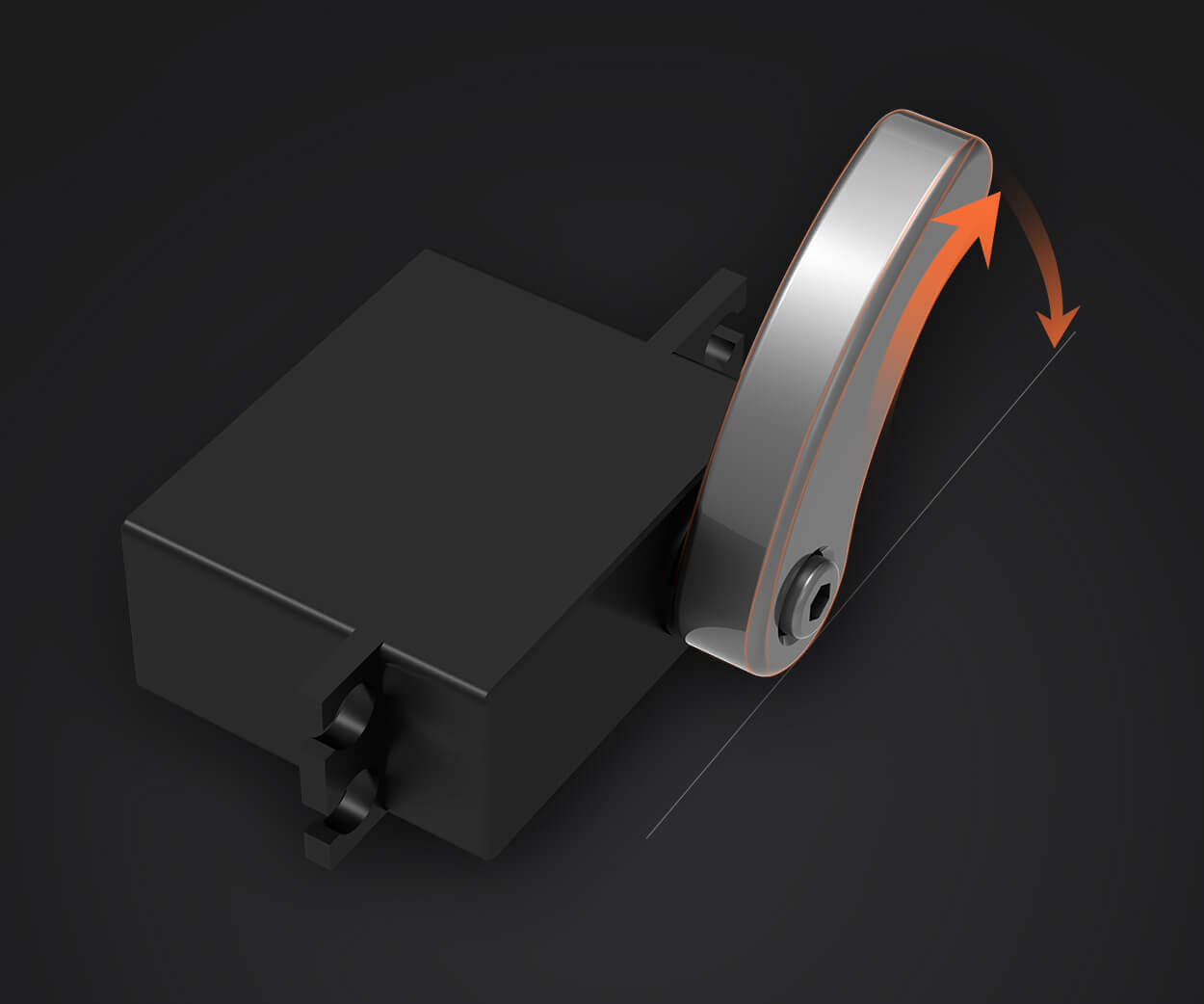Imagine a world where your Lego creations come to life, responding seamlessly to your commands, moving with precision, and unfolding endless possibilities. That world is made possible through the integration of Lego Power Functions — a system that introduces motorized power to your builds, transforming static models into dynamic marvels. Central to this system is the versatile Lego Power Functions servo motor, a component that offers both reliability and finesse for your robotics projects.

The Lego Power Functions system was designed to unlock your creativity, enabling builders of all ages to integrate motorized movement into their models effortlessly. Since its inception, it has been a favorite among hobbyists, educators, and professional designers alike. The servo motor, in particular, stands out because of its ability to rotate to specific angles, making it ideal for precise movements like steering, opening claws, or adjusting wings.
But with all these exciting features, a common question surfaces: “What is the cost of a Lego Power Functions servo motor?” Understanding its pricing is key to planning your projects, budget, or even deciding whether to upgrade existing builds or start new adventures.
The basics of Lego Power Functions servo motor
Before diving into prices, let's clarify what makes the servo motor special within the Lego ecosystem. Unlike traditional motors that run continuously, the servo motor is designed for controlled, precise rotation—typically between 0 to 180 degrees—thanks to integrated internal gearing and position feedback. This capability means that when you send it a signal, it can find its way to the exact position you desire, holding there reliably.
Lego offers a specific servo motor known as the Lego Power Functions IR Servo Motor, which has become a staple for many modelers. This motor is compatible with the broader Lego Power Functions electronic system, allowing seamless interaction with remote controls, sensors, and other electronic components. Whether it's steering a remote-controlled car or creating a robotic arm, this servo gives you exceptional control.
Pricing landscape of the Lego Power Functions servo motor
Now, onto the money talk—what are the prices? Typically, the Lego Power Functions servo motor's cost ranges based on the retailer, your location, and whether you're buying new or used.
Official Retail Price: When buying directly through Lego or authorized distributors, the servo motor is usually priced around $15 to $25 USD. This might seem modest, but it reflects its compact design, reliability, and precision.
Third-party and Resellers: On platforms like Amazon, eBay, or specialty hobby shops, prices can vary. You might find used motors going for $10 or less, especially if they've been part of previous builds. Sometimes, sellers bundle them with other Lego Power Functions components, offering better value.
Bulk or Set Purchases: If you're buying in larger quantities or as part of a larger Lego set that includes motors, the per-unit price can decrease. Conversely, some dedicated robotics kits containing multiple servo motors can cost upwards of $80 to $150, depending on brand and features.
Factors influencing the price
Several elements influence the price of a Lego Power Functions servo motor:
Age and Rarity: As Lego updates its systems, older servo motors may become scarcer, causing prices to fluctuate. Collectors might pay a premium for vintage or limited-edition motors.
Condition: New in-box motors will generally cost more than used, pre-owned units. However, many experienced builders swear by lightly used parts, which function perfectly and save you some cash.
Additional Features: Some third-party servo motors designed to be compatible with Lego systems might include enhanced features—like increased torque, waterproofing, or programmability—which can impact their price.
Supply and Demand: Like any niche electronic component, the availability can influence prices. During high demand—say, around summer build seasons or educational workshops—prices might rise slightly.
Pros and cons of investing in Lego Power Functions servo motors
If you're debating whether to incorporate these servo motors into your projects, consider the value they bring:
Pros:
Precise control over movements
Compatibility with Lego electronic system
Durable and reliable for extended use
Easy to integrate with remote control setups
Cons:
Cost can add up if building large or complex models
Limited rotation (typically 180 degrees) may restrict some applications
Not as powerful as some third-party or industrial servo motors
Where to buy and how to choose
When shopping for a Lego Power Functions servo motor, prioritize authorized Lego retailers or well-reviewed resellers to ensure authenticity and proper functioning. Online marketplaces can be tempting, but verify seller ratings and return policies.
If you're starting a project and need multiple motors, look for bundle deals. Some LEGO-exclusive sets bundle servo motors with motors, sensors, and controllers, providing excellent value and everything you need to get started on your robotics journey.
In upcoming sections, we'll delve into practical tips for selecting the right servo motor, creative project ideas, and how to optimize your budget without sacrificing quality. Whether you're a beginner looking to dip your toes into robotic building or an expert seeking advanced components, understanding the pricing landscape helps you make smart choices and brings your Lego inventions to life.
Leveraging innovations in modular drive technology, Kpower integrates high-performance motors, precision reducers, and multi-protocol control systems to provide efficient and customized smart drive system solutions.




































